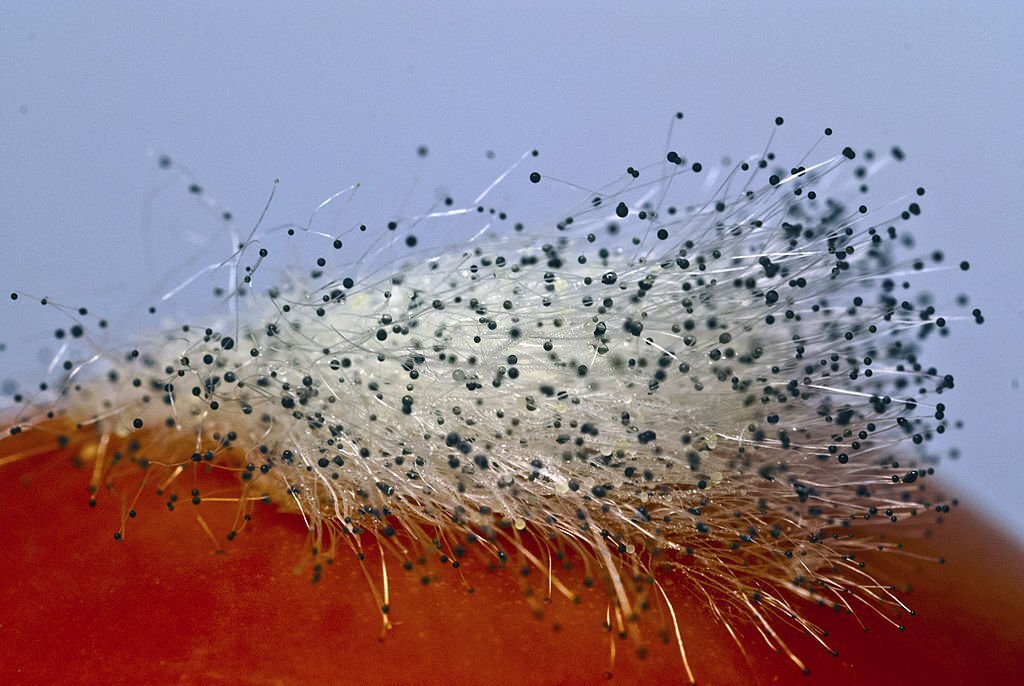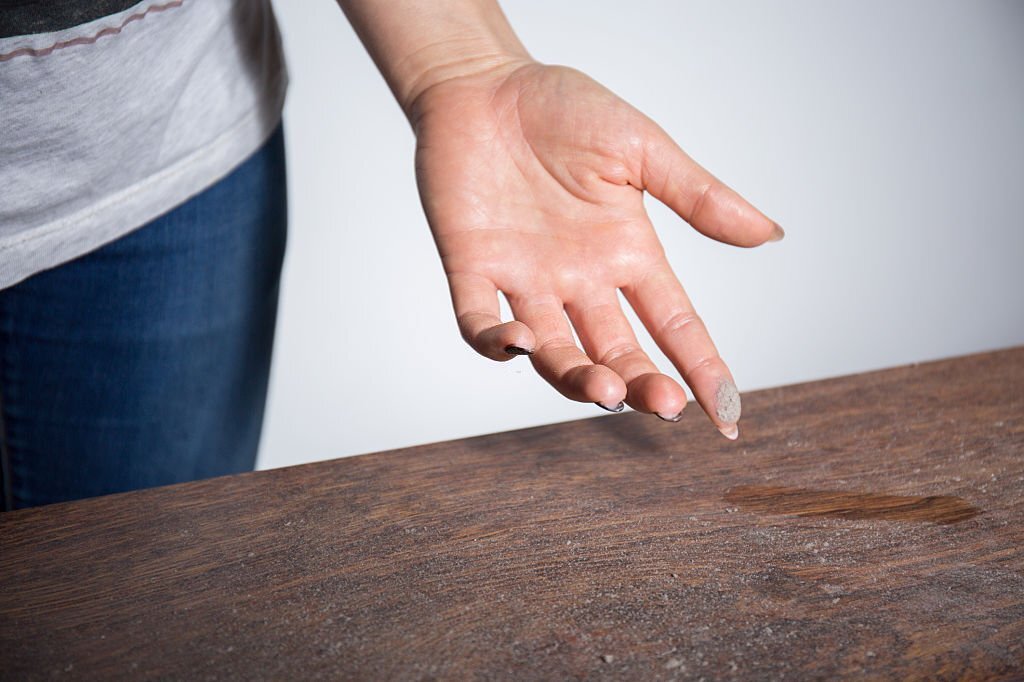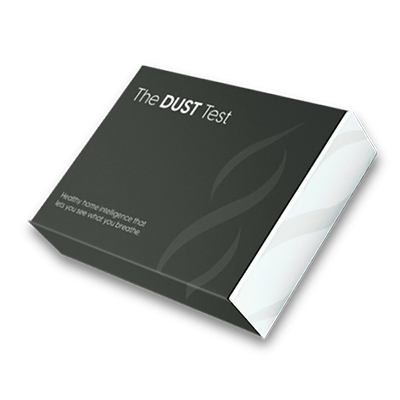Research
The DUST Test
The Research
Spores only account for 0.2% of the total impact mold and bacteria. The fragments that break away from these colonies can be 500x more than the number of spores they produce.
These findings indicate that the actual (field) contribution of fungal fragments to the overall exposure is very high, even much higher than was earlier estimated resulting from the laboratory-generated data. As the exposure to airborne fungal fragments cannot be quantified based on spore concentrations, fragment measurements should be included when assessing exposures in moldy buildings.
Respiratory deposition models suggest that such fragments of Stachybotrys chartarum may be deposited in 230–250 fold higher numbers than spores. 123
Gravity brings particles like mold spores, mycotoxins and endotoxins down to horizontal surfaces (like floors and furniture). Dust acts as a net to collect it all. 456
Simple everyday activities (like walking around) will pop house dust up from surfaces and into our breathing zone. This creates a consistent and ongoing exposure called the “personal cloud effect”. 789




Sources
1 https://academic.oup.com/mmy/article/44/Supplement_1/S245/1747243
2 https://www.ncbi.nlm.nih.gov/pmc/articles/PMC2153459/
3 http://aem.asm.org/content/68/7/3522.short
4 https://www.sciencedirect.com/science/article/pii/B978012394805200004X
5 https://scholar.google.com/scholar?hl=en&as_sdt=0%2C5&q=negative+ions+mold&btnG=#d=gs_qabs&p=&u=%23p%3D-kReCxeZn5QJ
6 IICRC S500 - Standard for Professional Water Damage Restoration: Both bacteria and fungi, along with their various components and by-products, constitute a major portion of indoor dusts.
7 https://www.nature.com/articles/7500356
8 https://www.sciencedirect.com/science/article/pii/135223109500016R
9 https://www.ncbi.nlm.nih.gov/m/pubmed/18842696/?i=3&from=/12230914/related

